The traditional polish vinok
In Ukraine, the vinok isn’t merely a pretty accessory: The meaning of the wreaths traces back to Ukraine’s early history, when they were associated with virginity, marriage, and womanhood, and have continued to be, up until the early 20th century. “In both Ukraine and Russia, both spouses-to-be would wear crowns during the wedding ceremony, apparently continuing an ancient tradition from Byzantium.
The traditional polish vinok
Ukraine has preserved the original Greek and Byzantine tradition of wedding head wreaths. However, in Ukraine there is yet another tradition, of young unmarried women wearing the wreaths during the spring, which, I suspect, explains why female dancers in Ukrainian folk dances wear floral crowns, whereas their Russian counterparts generally do not. The latter practice in Ukraine of wearing the wreath is meant to signal the purity of a young woman before marriage.” So, not just an accessory: If an unmarried woman “lost her vinok,” it implied that she was also no longer “pure.”
The traditional polish vinok
It is not uncommon to see women in Kiev wearing a headband embellished with fake flowers during the summer. The subject of the vinok and national pride is an obvious connection, but there are political connotations that come along with representing the homeland’s florid past: The Motherland Monument—a 203-foot-tall statue that was constructed during Soviet times and remains a potent symbol of WWII—was decorated with a massive vinok made of red poppies for the May 9 holiday known as Victory Day.
The traditional polish vinok
These days, vinoks are sold almost everywhere in Kiev, even the gray, dilapidated Soviet spaceship-type bazaars on the outskirts of the city’s main center, where they sit alongside pale pigs heads, mounds of beef, fresh fish, fake Adidas tracksuits, neon puffer coats, and rows of pantyhose. Even at the metro stations, kiosks sell vinoks made with fake daffodils, roses, and yellow and red ribbons.
The traditional polish vinok
Abroad, the influence of the vinok has also made waves in a sartorial sense beyond festival girls and summertime fetes, like on the Comme des Garçons Homme Plus men's Spring 2016 runway, where models wore heaping botanical crowns in a show titled “Armour of Peace.” In fact, peace may indeed be the most prevalent reason for wearing the flower crown in today’s world.

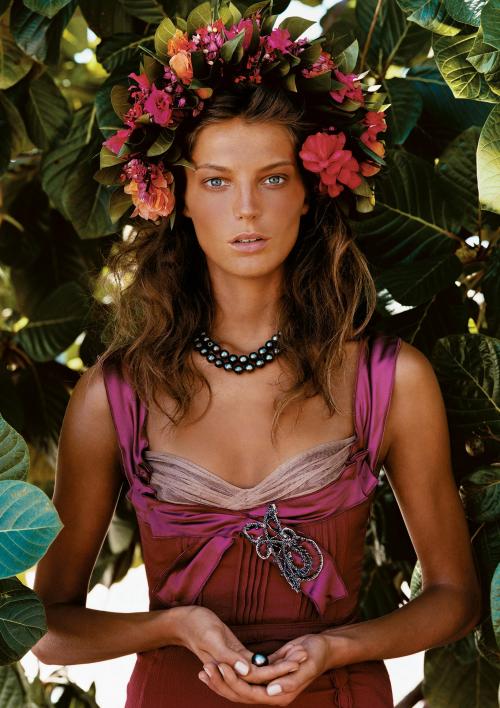


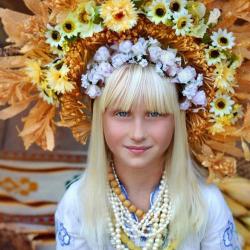
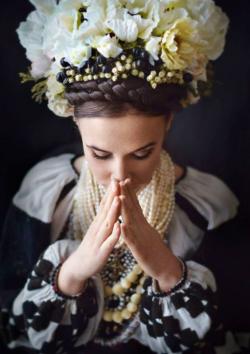
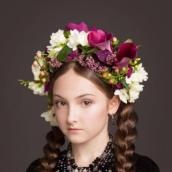
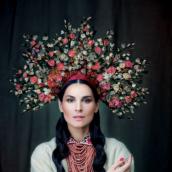
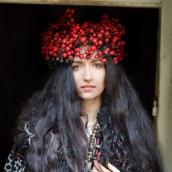

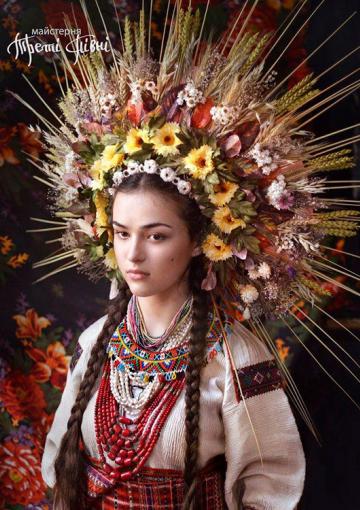
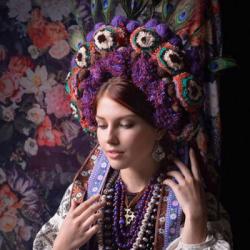
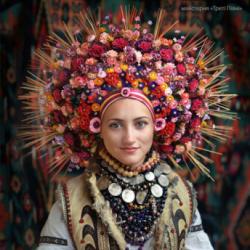
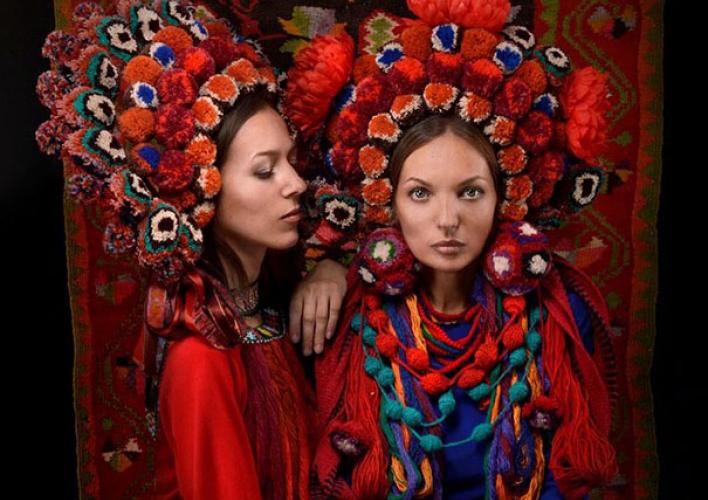
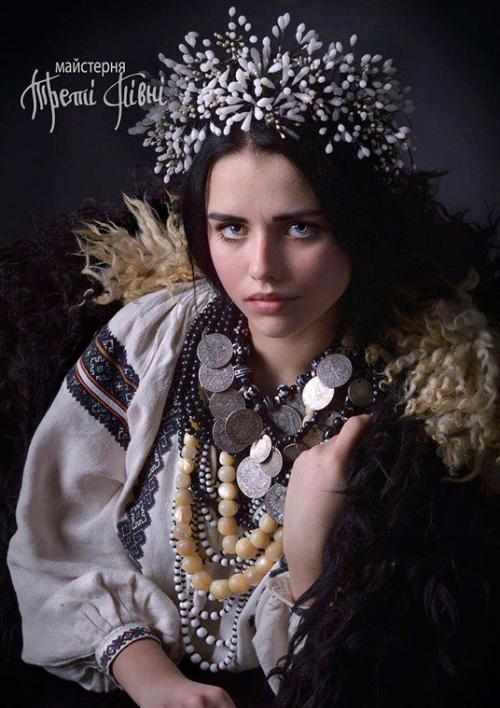
Comments
Thanks to vogue for this
Thanks to vogue for this inspiration!
hello!
hello!